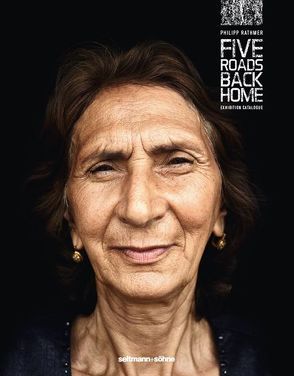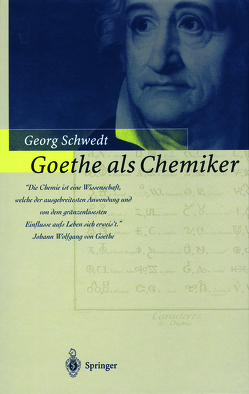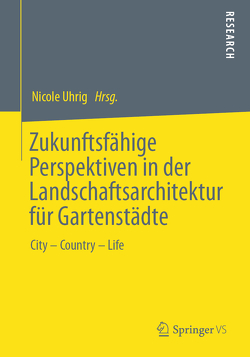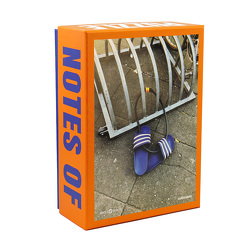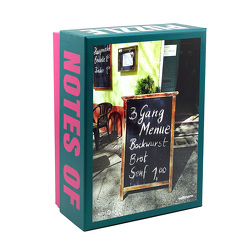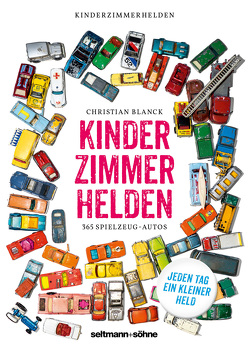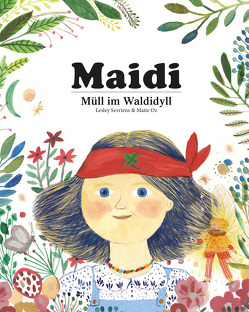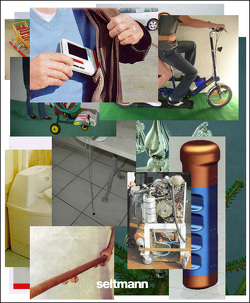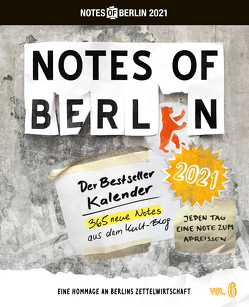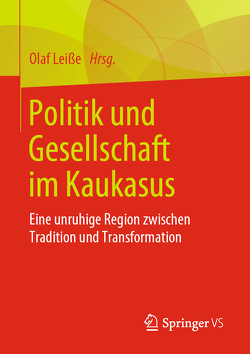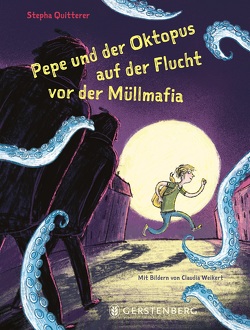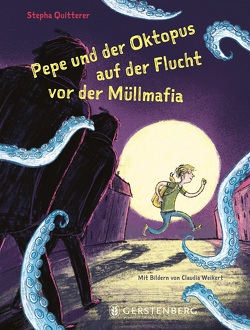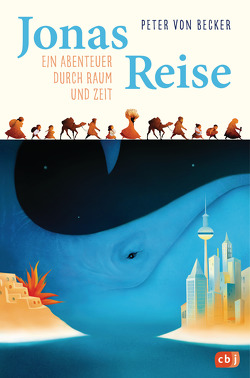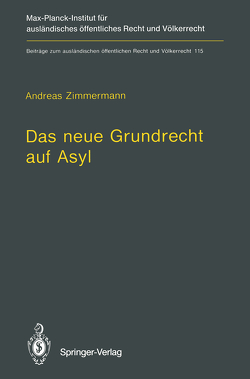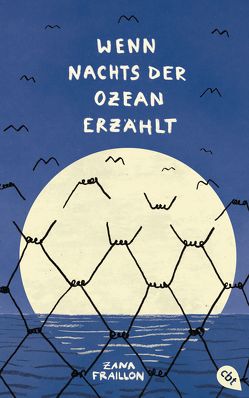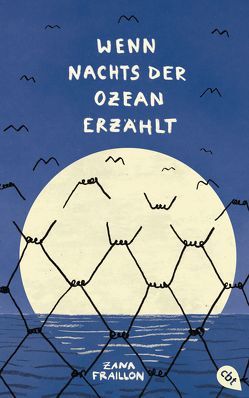Five roads back home
Philipp Rathmer
It is one of the world’s forgotten conflicts. For almost a hundred years, Armenia and Azerbaijan have fought over Nagorno-Karabakh, a border region with a majority Armenian population. The conflict between the two former Soviet republics peaked in a bloody war in 1992 that killed tens of thousands of people, in the aftermath of which Armenian troops occupied Nagorno-Karabakh and its surrounding areas, driving out most of the Azerbaijani populace.
Twenty years later, this conflict is far from over; a ceasefire secures a fragile peace, and for the victims of war and expulsion it is far from forgotten. They suffer the consequences to this day.
In February 2012, I was reminded of the war over Nagorno-Karabakh. The European Azerbaijan Society (TEAS) in Germany contacted me and asked me whether I would be interested in working on a photographic project featuring war refugees. After some research into the matter, I agreed.
I travelled to Azerbaijan in July 2012 to portray victims of this unresolved conflict—people who still live in camps today—refugees in their own country. In Takhtakorpu and Guzanli, Darnagul and Gizilgum, people told me of their fate and their view of things—some very candidly, some with a certain reticence. Of course, it is only one side of the conflict—their side. But it is the side of those who had to flee and give up their homes. They therefore represent all of the victims of displacement and the world’s many wars.
I photographed them against a black background, so that their faces would tell their stories. These are faces that tell of the suffering they have been through, as well as the hope that one day they will be able to return to their homes, return on one of the five roads that lead back into the occupied areas—one of the “five roads back home”.
